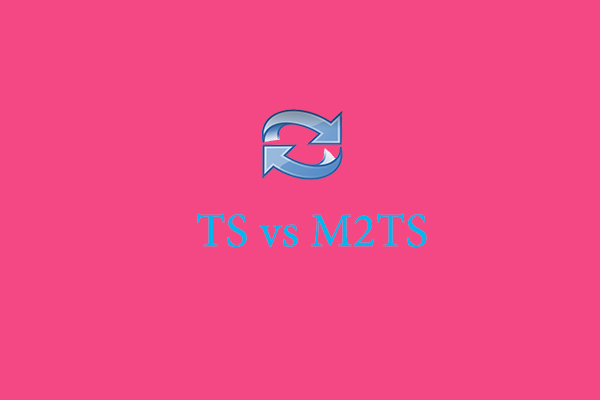What is H.266 VVC? What is H.265 HEVC? Do you know the differences between H.266 VVC and H.265 HEVC? This post from the free video converter will provide you with a comparison of H.266 VVC vs H.265 HEVC and their definitions.
As the demand for high-quality digital media content grows dramatically, efficient video compression technology has become the key to modern communication and storage. In this realm, H.265 and H.266, as the latest video encoding standards, have each brought significant improvements and innovations. This article will elaborate on the definitions of H.266 VVC and H.265 HEVC and the differences between H.266 VVC vs H.265 HEVC.
What Is H.265 HEVC?
H.265 HEVC, released in 2013, is a video compression standard created as the successor to H.264 AVC (Advanced Video Coding). The main aim of this upgrade is to enhance compression efficiency. Compared to H.264 AVC, H.265 HEVC provides better data compression rates of 25% to 50% without compromising the video quality. This means that it can offer substantially improved video quality at the same bit rate or maintain the same quality while using less data. Additionally, H.265 HEVC also supports resolutions up to 8192×4320, including 8K UHD, making it a good choice for playing high-quality video streams.
MiniTool Video ConverterClick to Download100%Clean & Safe
What Is H.266 VVC?
H.266 VVC builds upon the foundation laid by H.265 HEVC. Released in 2020, it aims to further improve compression efficiency and support new application scenarios such as high-resolution video streaming and virtual reality by introducing many new technologies and improvements, including more complex coding structures, more flexible block size selection, and more effective entropy.
All in all, both H.265 HEVC and H.266 VVC are video compression standards created to H.265 reduce video data size while maintaining high-quality video output. Now, let’s dive into the differences between H.266 VVC and H.265 HEVC.
A Comparison of H.266 VVC vs H.265 HEVC
1. Compression Efficiency
The main difference between H.266 VCC and H.265 HEVC is their compression efficiency. Most video coding standards are designed primarily to achieve higher compression efficiency.
H.265 HEVC, introduced as an improvement over H.264, offers approximately double the compression ratio for the same level of video quality. It achieves this through advanced features such as quad-tree adaptive frame partitioning, and improved entropy coding with context-adaptive binary arithmetic coding.
As for the successor to H.265, H.266 further improves compression efficiency. H.266 VCC incorporates several new technologies, such as multi-hypothesis prediction, intra-block copy, and enhanced transform and quantization processes. Therefore, it can reduce file sizes by about 50% compared to H.265, without compromising quality.
2. Complexity
Improving compression efficiency is often accompanied by higher computational complexity. Naturally, H.265 has relatively low coding complexity compared to H.266, making it easier to implement and deploy. While H.266 promises greater efficiency, it comes at the cost of increased complexity in both encoding and decoding processes. This means that processing a video with H.266 will require more computational power than with H.265.
However, H.266 is designed to pay more attention to the balance between performance and complexity. Although its coding complexity has increased compared to H.265, through optimization algorithms and parallel processing technology, the computing resource requirements during actual deployment can be effectively reduced.
3. Compatibility
When planning to view a video on a specific device, the device must be equipped with the corresponding codec capable of decompressing the video file. Consequently, the issue of compatibility stands as a significant consideration when choosing a compression standard.
H.265, enjoying broad support, is more widely used due to its widespread compatibility across various devices and platforms, as well as being the ideal codec for numerous video streaming services. However, H.266 VVC is still in its infancy and falls far behind in terms of adoption in contrast to H.265. Currently, mainstream players, codecs, and transmission protocols do not yet fully support H.266, which limits its promotion in practical applications.
Conclusion
In conclusion, both H.265 HEVC and H.266 VVC are powerful tools for video compression, each with its own strengths and weaknesses. The choice between them will depend on the specific needs of the application.





User Comments :